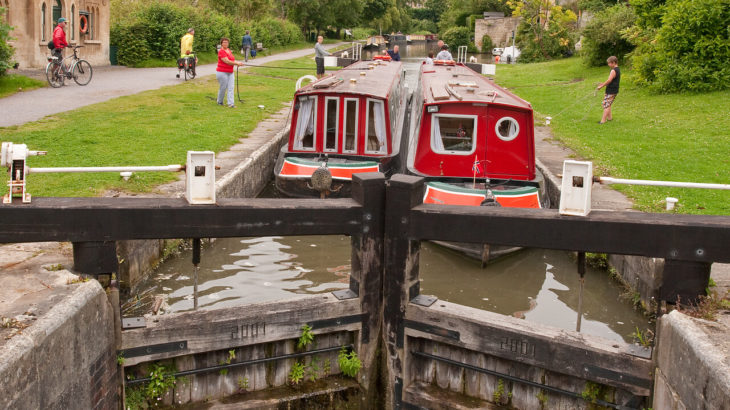What the Levelling Up White Paper means for research

Does this week’s Levelling Up white paper signal a dramatic geographical rebalancing of research and development spending? Here’s what the experts think.
In his foreword to the Levelling Up white paper, prime minister Boris Johnson, stated his determination to breaking the link between “geography and destiny”, which he argued had led to a waste of talent and a waste of this country’s economic potential.
Yet, he added that the answer to the inequalities that have existed for decades is not “cutting down the tall poppies, or attempting to hobble the areas that are doing well”.
The white paper needs to be seen in tandem with autumn’s spending review, which set out a substantial rise in public investment in R&D to £20bn by 2024/25, a 34% increase from 2021/22.
And this is one of the missions of the white paper, which sets out its objectives for R&D spending:
“By 2030, domestic public investment in R&D outside the Greater South East [London, the South East and the East of England] will increase by at least 40%, and over the Spending Review period by at least one third.”
Levelling Up White Paper
However, according to an analysis by the Campaign for Science and Engineering, this proposed increase in the proportion of R&D investment outside the greater south east is unlikely to come at the expense of this region, because of the substantial overall rise in R&D spending.
The Russell Group, which represents all SES member universities and also research-intensive institutions outside our region, has published a response to the white paper.
“Ultimately, research excellence and levelling up go hand in hand. The UK’s leading innovation economies deliver jobs and growth far beyond their regions, while advances driven by research-intensive universities in everything from AI to biomedical science and clean energy technology result in benefits for the whole nation.”
Dr Tim Bradshaw, CEO of the Russell Group
The Russell Group has also published some examples of how its members are boosting the economy in every region of the UK.
One encouraging thing about the white paper is that it does acknowledge the vast disparities faced within regions, including in the greater south east. For example, it highlights “striking differences” in health inequalities within our region – females born in Wokingham can expect to live twelve years longer in good health than those born in Southampton.
However, London Higher, a group representing many of London’s universities, including three SES members, has said that a chance to tackle some of the capital’s glaring inequalities has been missed.
“Innovation is driven through collaboration and ideas, rather than place. London’s universities have been instrumental in the ground-breaking research to tackle Covid-19 alongside Oxford and Cambridge, and their discoveries and collaborations across the country continue to bring immense benefits to the health of the nation and economic recovery.”
Dr Diana Beech, CEO of London Higher
We’ll share more responses to the white paper in our next email newsletter. In the meantime, please take a look at how our members’ research is having a positive impact far beyond the borders of the greater south east, to communities in other regions of the UK and around the world.


